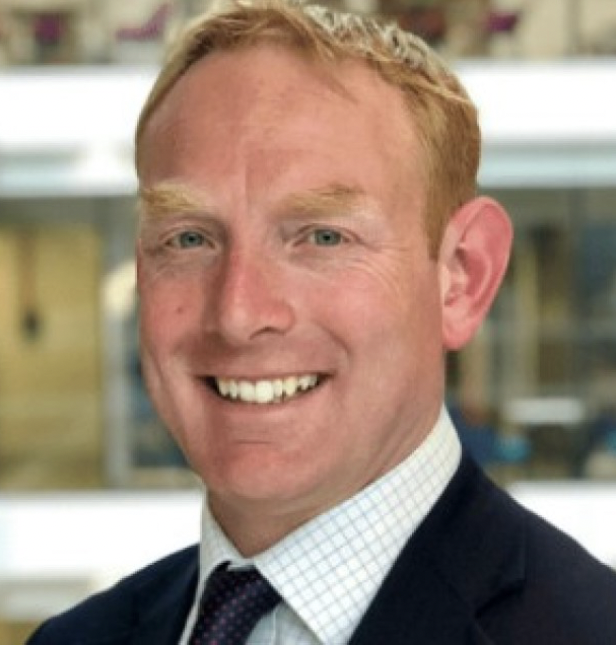Realistic risk assessment is important. It determines what action you need to take and with what urgency. Is it a stick on the path or is it a snake? You react very differently depending on the answer.
In 2015 as Bank of England governor, Mark Carney explained the tragedy of the horizon with climate change and financial stability: once it becomes a defining issue for financial stability, it may already be too late.
Carney said G20 finance ministers asked the Financial Stability Board to consider the risks climate change poses to the financial system.
Two years later, the TCFD published recommendations on climate change disclosures, and now climate change scenario modelling is increasingly mainstream, with a climate modelling ecosystem worth hundreds of millions of dollars.
That climate change is with us now is undeniable, with severe impacts emerging at lower temperatures than expected. Arctic warming, sea-level rises and extreme weather events provide examples of climate impacts that are progressing faster than expected. Since 2020 we have witnessed record-breaking floods, fires, droughts, storms, temperature extremes and ice loss across the globe, impacting billions.
This trend will continue as global emissions continue to rise, increasing further the levels of greenhouse gases in the atmosphere, which in turn drive further global warming. We are fast approaching the 1.5°C lower temperature goal of the Paris Agreement, beyond which risks increase dramatically due to the presence of climate tipping points, elements of the Earth system which may tip from one state to another. Think of the Greenland ice sheet going into irreversible melt, which itself would lead to 7m of sea level rise. Or consider Himalayan glaciers melting, leading to shortages of drinking and irrigation water for sub-Himalayan Asia. There are 16 tipping points that have been identified and they start to tip as we go past 1.5°C of warming.
Scientists think failing to limit climate change and pushing ourselves out of the ecological niche our civilisation developed in will be catastrophic. This is referred to as a ‘hot house’ scenario, where we don’t reduce emissions and global temperatures increase to 3°C or 4°C of warming.
But financial services climate change analyses don’t reflect this. Many show the economic impact of a hot house scenario to be benign and very similar to the impact of transitioning to a low carbon economy, where we limit global warming.
Why is there such a disconnect between financial services and climate change scientists on the risks of climate change – and who is right?
We partnered with climate scientists for our latest paper, The Emperor’s New Climate Scenarios, which explores this disconnect. The answer is simple – financial services firms are using scenarios based on past data that exclude many of the risks we anticipate, such as tipping points, sea-level rise and involuntary mass migration. As a result they systemically understate climate risk. Our models are telling us it is a stick on the path, when in fact we should be reacting to a venomous snake.
It’s as if we are modelling the scenario of the Titanic hitting an iceberg but excluding from the impacts the possibility the ship could sink, with two thirds on board perishing – the harmless icebergs and warm water scenario.
This conclusion is in stark contrast to the rising trend of economic losses. Verisk estimates insured losses of over $100 billion per annum from 2021 and trending upwards, with a 5 per cent chance these will be over $200 billion in 2023. Total economic losses from climate events are estimated to be 3 to 4 times this amount due to the protection gap.
The artificially benign results from climate change scenario analysis are dangerous as financial institutions, regulators, policymakers and other users may be misled about the risks we face. Reality can only be ignored for so long, increasing the chances of abrupt financial stability impacts in the future, what Carney referred to as a Minsky moment.
To address this we propose a reverse stress testing approach, realistic risk assessment that recognises the ship could go down if global warming is not mitigated. While results may be unpalatable, they might just serve as the snake on the path that jolts us into the action we need to take.
